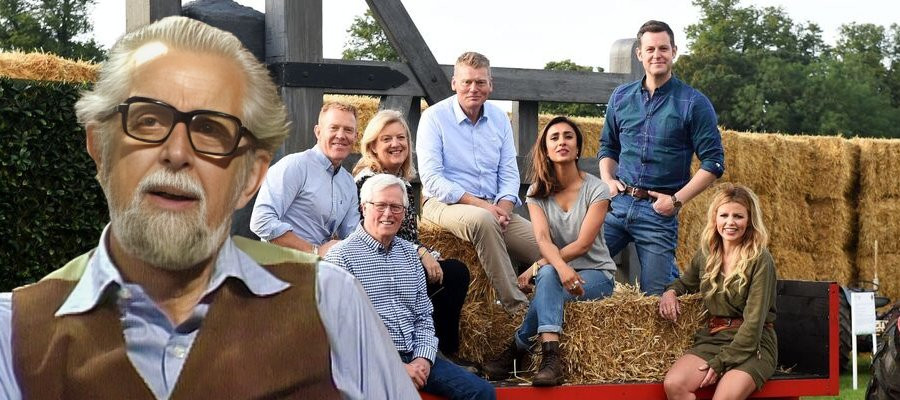
How!
1966 - United KingdomHow do you get a ship in a bottle? How did a medieval knight, laden with armour, mount his horse? How do non-stick saucepans stay non-stick? If you were a child in the 1960s you would know the answers to all these and many more of life's mysteries, thanks -initially- to the team of Fred Dinenage, Bunty James, Jon Miller and Jack Hargreaves: The presenters of Southern Independent Television Network's hugely entertaining and informative series, aptly titled How!
The trick with How! was not that it merely told you how all these things were possible, its presenters actually demonstrated how they were possible-and while some of the presenters were experts in particular areas of art, science, nature and technology, it was plainly obvious that others were not. This added to the fun and expectation of the audience because the series went out live so if a demonstration went wrong there were no re-takes: So when Fred Dinenage posed the question "How do you throw a pot?" and then attempted to demonstrate the art of putting a slab of wet clay on a potters spinning wheel and then tried to make a pot with it, the results were hilarious. Dinenage not only managed to cover most of himself in wet clay, but most of the studio as well, while his co-presenters fell about in fits of laughter. Even the experts were prone to making mistakes - the most memorable being the time Jack Hargreaves absent mindedly put his lit pipe into his pocket, only to be interrupted half way through his demonstration by smoke billowing out of his now flaming jacket! Well - it was a smoking jacket! In spite of the fun, a lot of thought had to go into the making of the programme as well as much debate. The 1968 Guide to Independent Television didn't shy away from the point:
"There are no easy answers for the producers of children's programmes. That very popular programme How! does some experiments with fire. There is a very reasonable line of argument which says:- 'Children should not be shown experiments with fire except under strict laboratory conditions; some misguided child will try to repeat it and he will hurt himself.'" (One assumes from this that girls didn't go in for that sort of thing).
The article then counters this with: "There is an equally reasonable argument which says:- 'Children are fascinated with fire, and want to find out about it. They will experiment come what may. It is far better to show children some of the things they can safely do, and warn them against things it is not safe to do, than leave them in dangerous ignorance.'" (Like - if you really have to smoke don't put a lit pipe in your pocket!). The article concludes: "It is problems like this that make the work of children's programmes producers and performers both exciting and wearing. In the last resort, adults can look out for themselves, and make their own judgements: but children must be protected (not overprotected). Children love finding out; they love doing things for themselves."

In spite of the ITA's concerns, we didn't grow up a nation of arsonists and How! enjoyed 15 years in the late afternoon slot on ITV. When Bunty James left she was replaced by Jill Graham, and later Marian Davies was the female presenter, before the series disappeared due to Southern's loss of franchise. But you can't keep a good show down, and nine years later the format was revived as How 2 (by TVS). The concept remained the same, as did returning presenter Fred Dinenage. He was joined by Gareth Jones and Carol Vorderman, with Sian Lloyd, Gail Porter and Gail McKenna following as the years rolled by - until 2006 when the show finally came off the air. It's a pity the independent channel doesn't make programmes like this any more. Perhaps we should all write in and ask "How do you make a decent children's programme?" because sadly, ITV seem to have forgotten.
Seen this show? How do you rate it?
Seen this show? How do you rate it?
Published on December 21st, 2018. Written by Laurence Marcus for Television Heaven.










